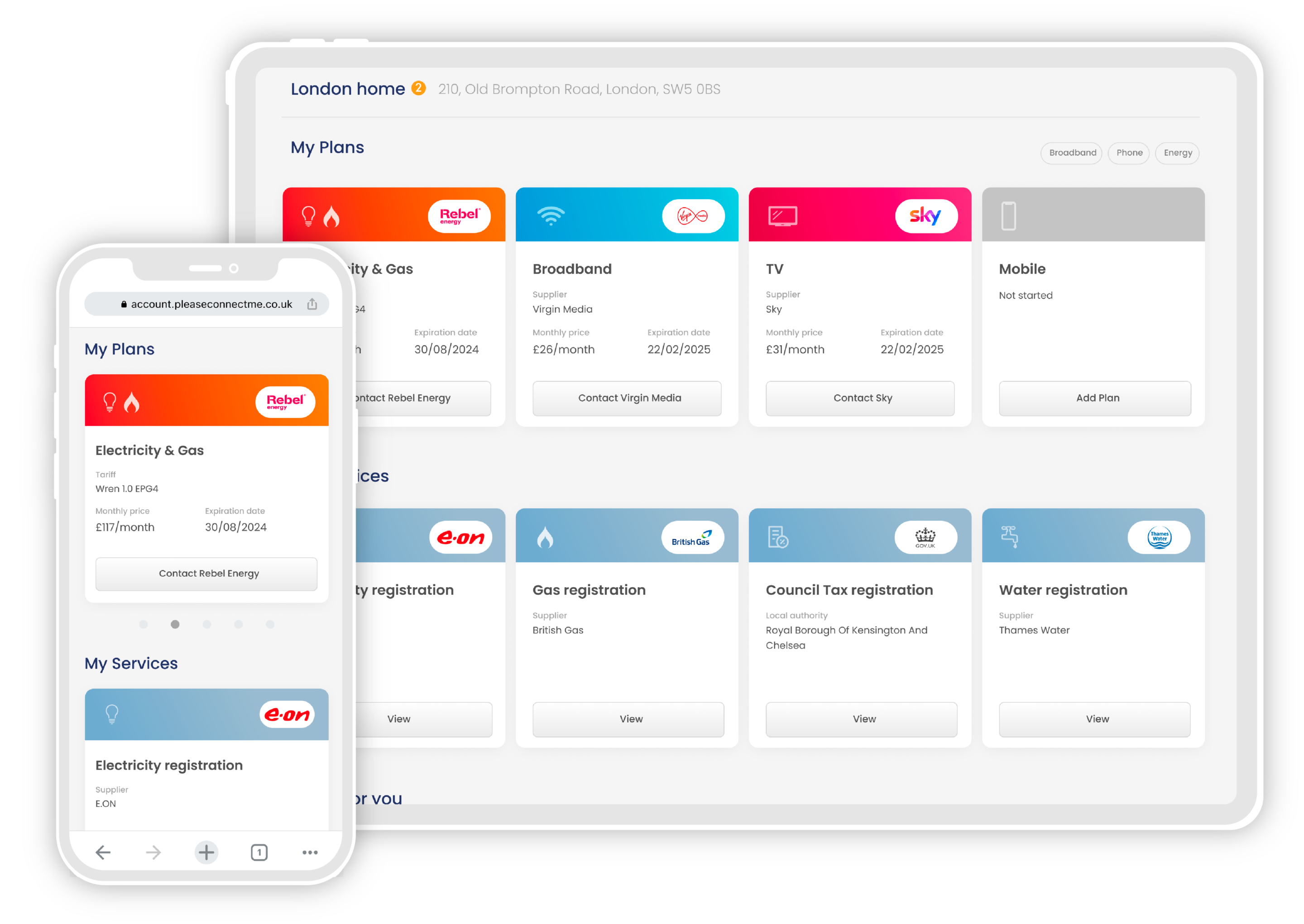Renting furniture vs buying – it’s one of the biggest decisions movers need to make. If you’re new to the UK, you likely did not ship any furniture with you internationally. With a clean slate available in your new property, the decision becomes even more important.
To make the matter more complicated, there are distinct advantages and disadvantages to renting your furniture that could influence your decision. We’ve looked at the pros and cons of renting vs buying furniture to help you make the right choice.
Pros for renting furniture
- Spread the cost. Renting furniture allows you to spread the cost of furnishing your home over time, without committing to a long-term credit plan.
- Try before you commit. Test out particular furnishings as a rental without committing to long-term ownership.
- Easy set-up. Furniture rental usually includes delivery and set-up services. For an even simpler move rent your property fully furnished and ready to move in.
- Simple move-outs. At the end of your occupancy, your rental company will collect your furniture – or if you’re renting furniture as part of your tenancy you can leave it in place. This makes arranging your departure much simpler.
Cons of renting furniture
- Ongoing costs. Renting furniture is a continuous expense that will add up over time, particularly if your stay goes on longer than expected.
- Limited options. Rental companies are only able to offer certain models and styles, which can make filling a home to your preference tricky.

Pros of buying furniture
- More choice. Buyers are free to choose from any furniture brand and store, rather than being limited by the selection available from a rental company.
- Flexibility. Swap out and replace your furniture as and when you want, instead of having to stick with a pre-determined package.
- Resale. Buyers can reclaim some of their invested money by selling furniture when they move. However, not all pieces will hold their value.
Cons of buying furniture
- Depreciating value. Many pieces of furniture – particularly from cheaper brands – lose value quickly.
- More legwork. While renters can source an entire home’s worth of furniture at once, buyers face making more decisions and – typically – visiting multiple stores.
- DIY setup. While many furniture suppliers offer home installation – for an additional fee – some require that you assemble everything yourself or hire a third party.
- Hassle when you move out. Purchased furniture is your responsibility to deal with when you move out, whether that means selling it on or even paying to have it cleared.
Renting furniture vs Buying furniture: Which is right for me?
Ultimately, the thriving markets for both purchasing and renting show that both can be good options for movers. The right choice for your home depends on your unique situation and priorities.
Renting furniture is likely to be the right choice if your priority is a quick and convenient move-in and move-out process. Organising a complete set of furniture in one place and having it all installed and removed at your convenience can save hours of work. If your stay is short-term, the cost can also be lower if you choose to rent.
Buying furniture will be a better option for those planning to stay in the same property long term. Purchasing items gives more flexibility for how you use and replace your furnishings. It will also be better value for money over an extended period.













